Last year alone, homeowners had over 63 million square metres of tile installed in homes in the United Kingdom. Laying floor tiles is the go-to method for modernizing the look of a home. No matter what style of tile you choose, tile done wrong will have a negative effect on the look of your home. Don’t let this stop you from attempting this DIY project.
We are going to show you how to do tiling the right way. Follow these steps and you will be tiling like a pro.

1. Wrong Trowel Size
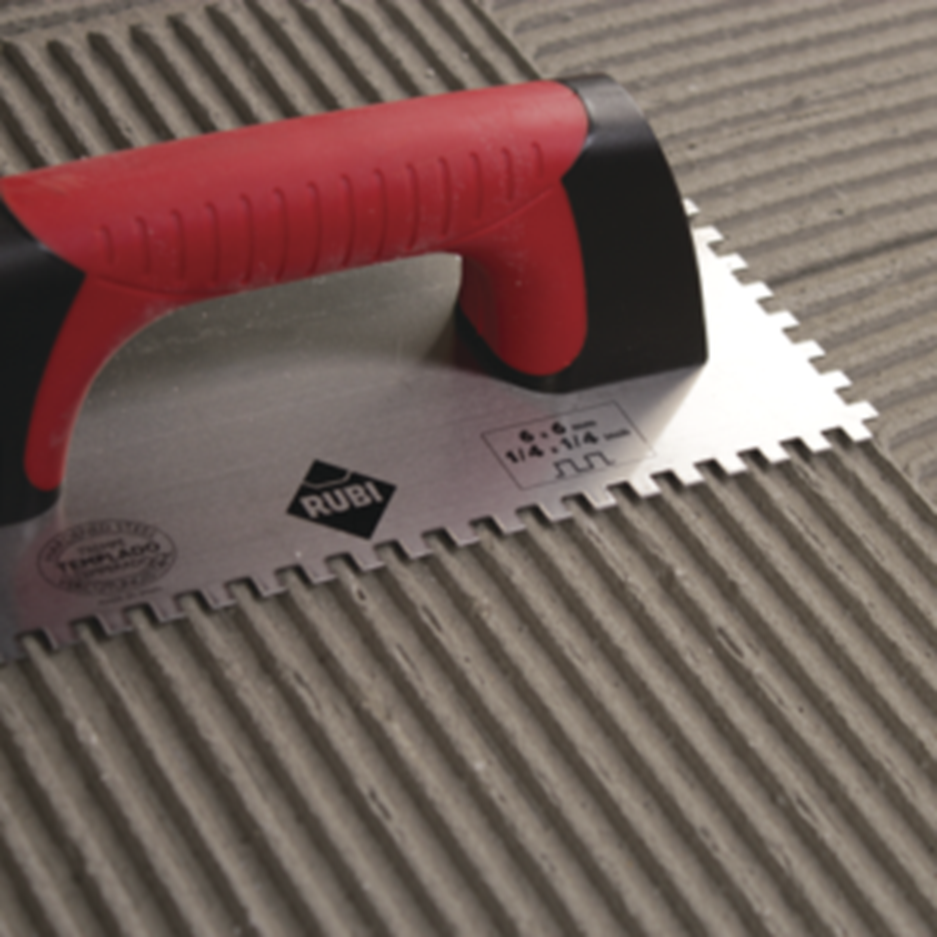
The size of your trowel needs to match the size of the tile. The larger the tile you are using, the deeper the adhesive bed needs to be.
To create the deeper adhesive bed you need a trowel with deep notches. The deeper notches allow for adjusting while laying tile.
Make sure the adhesive you buy has phrasing like “large tile” or “large format” on it. This adhesive is thicker and holds the larger tiles.
As a general rule, a 12mm trowel works for tiles up to 400mm. Tiles bigger than this need a 15mm notch.
Remember that you will go through your adhesive faster because you are using more. A 20Kg bag should cover approx. 4-5 square metres using a 12mm notch. That same 20kg bag should cover approx. 3-4 square metres using a 15mm trowel.
2. Cracking the Tile
When cutting tile, take some precautions to make sure you do not break them. Too many broken tiles will become wasteful and expensive.
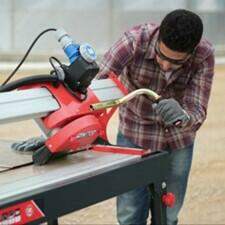
Using a diamond wet saw is the best method for cutting tile. A diamond saw blade is abrasive and not toothed.
Before cutting, mark the tile with a pencil. You can use a regular lead or wax pencil for this.
Place the tile against the fence and line up the line with the blade. You will need to wait for the water to flow after turning the saw on.
Use a slow even pressure while making your cut. As you get to the end of your cut push the two halves together. Holding the tiles stops them from breaking.
If you hear the blade slow down as your cutting then you are pushing too fast. The harder the material you’re cutting is, the slower you need to go.
3. Subfloor
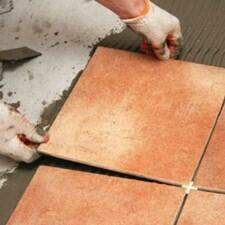
The subfloor is the surface that the tile gets installed on. You need a flat, even, and strong surface. If you do not have this your tile will sag and crack in places.
If your subfloor is not suitable put down 6 or 12mm cement board first. Then lay your tile on top of the board.
If you have old vinyl flooring that is suitable you can tile right over it. This is assuming that the floor is thick enough to support the tile.
Look at the subfloor and determine how far apart the floor framing is this will help determine the thickness of cement board that is required.
Keep in mind that you are raising the height of the floor when adding cement board. You’ll need to raise the vanity and extend the toilet ring.
4. Laid the Tile Out Wrong
Laying tile in a diagonal pattern requires special planning. If your tile is square you can measure 45-degree angles.
How you lay tiles changes when they are diamond and not square. Start by centering the tiles. Line up the corners with a single layout line.
Build the design out around this first measurement. Check your lines with a straightedge as you work.

5. Wrong Grout
The wrong grout or grout done wrong can ruin the look of your DIY tiling project. You want clean and even grout lines.
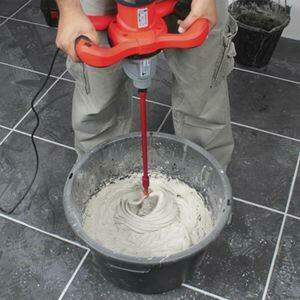
Mix your grout with a trowel until you have a peanut butter consistency. Using a drill or paddle will introduce air which weakens the holding strength.
Be sure to let the grout rest for 10 minutes before using it. Skipping this step will result in a weaker grout that will crack.
6. You Didn’t Prepare
You need to clean and prep your surface before you tile. Remove any grease, dirt, or fingerprints.
If you don’t do this step, the adhesive won’t stick to the wall. This is an issue most common when tiling bathroom or kitchen walls.
Use a water and mild dish soap mixture to clean the walls. If you have a lot of stains or buildup use a paint deglosser or abrasive pad.
7. No Backer Board
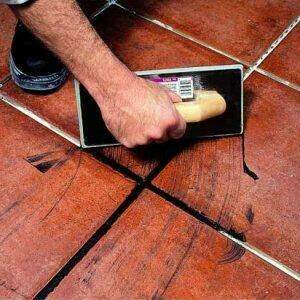
If you are tiling in an area with water you need to use a backboard. The backer board stays stiff and prevents water from seeping into where it shouldn’t be.
Cement board is the most durable type of backboard. It is cement and sand and then reinforced with fiberglass.
If you are tiling around a sink water-resistant drywall works well. It can resist the occasional splashing but not constant moisture.
8. Bad Silicone
When tiling in your bathroom one of the final steps is to silicone the internal corners. Caulk a straight line down the corners and along the edge of the bath and shower tray.
Buying the Supplies
It is important to buy the right silicone meant for kitchen and bathroom use. This type has additives that prevent mold and mildew from growing.
You will also need to buy the right color. Tile stores carry a vast selection of silicone colours to match grout colours.
Applying the Silicone
Spend the extra money and buy a high-quality caulking gun. This will give you a smooth line of silicone. Cheaper guns will cause your line to be too thick and too thin in places.
Line the area you intend to silicone with masking tape. This will give you a clean line on either side.
Cut the nozzle on your silicone to match the width of your gap. This will make the line of silicone match the size you need.
Once you lay a line of silicone, wet your finger and wipe away the excess, a mixture of washing up liquid and water work well. The final step is to remove the masking tape while the caulk is still wet.
9. Not Buying Enough Tile
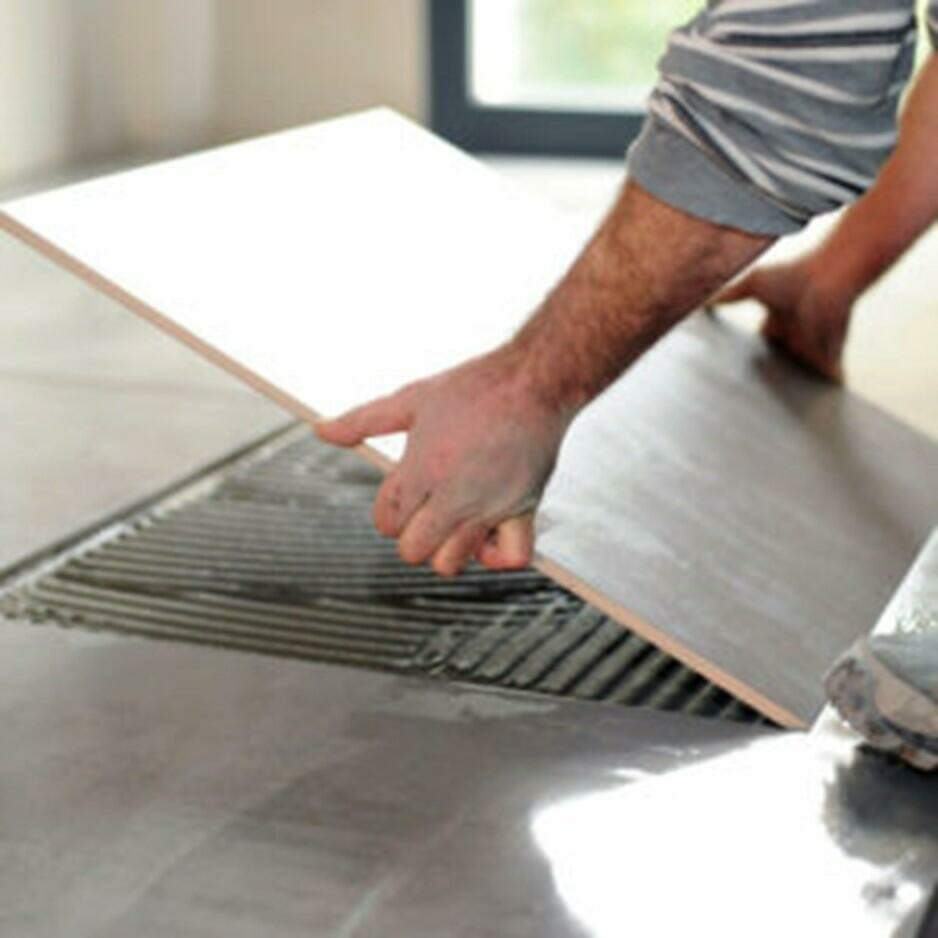
The main reason for not buying enough tile is because you failed to plan ahead. Take the time to make the proper measurements and then check them.
Start by measuring the length and width of the area you plan to tile. Multiply your measurements by each other i.e: 2.5m x 3.2m = 8 Square metres.
This gives you the square metres. Divide this total by the square metres that comes in the box of tile i.e: 1.44 square metres per box would be 8 divided by 1.44 = 5.55 boxes.
This number is how many boxes it will take to cover the floor. Next, you need to calculate the overage.
Multiply your room’s square metres by 10% and then add this to the room’s number. Then divide by a single box square metres. i.e: 8 x 10% = 0.8, 8 + 0.8 = 8.8 square metres, 8.8 divided by 1.44 = 6.11 boxes.
This new number is how many boxes you need to buy. The extra boxes will cover cuts, breakage, and waste.
Laying Floor Tiles
The first step in laying floor tiles is to have the right equipment. You will need a trowel with the right sized grooves for spreading the adhesive.
You will need the right diamond saw to cut the tile without breaking it. Then laying the tile you’ll need the right base.
Prep your tile by buying enough and laying out the pattern before you start. Once you place the tile you’ll need to grout.
Work your grout so that it gets the right consistency and doesn’t have air bubbles. Then follow the steps to clean up the grout so your finished tiling looks beautiful.
Get ready for your next tiling project with one of these premium diamond blades.
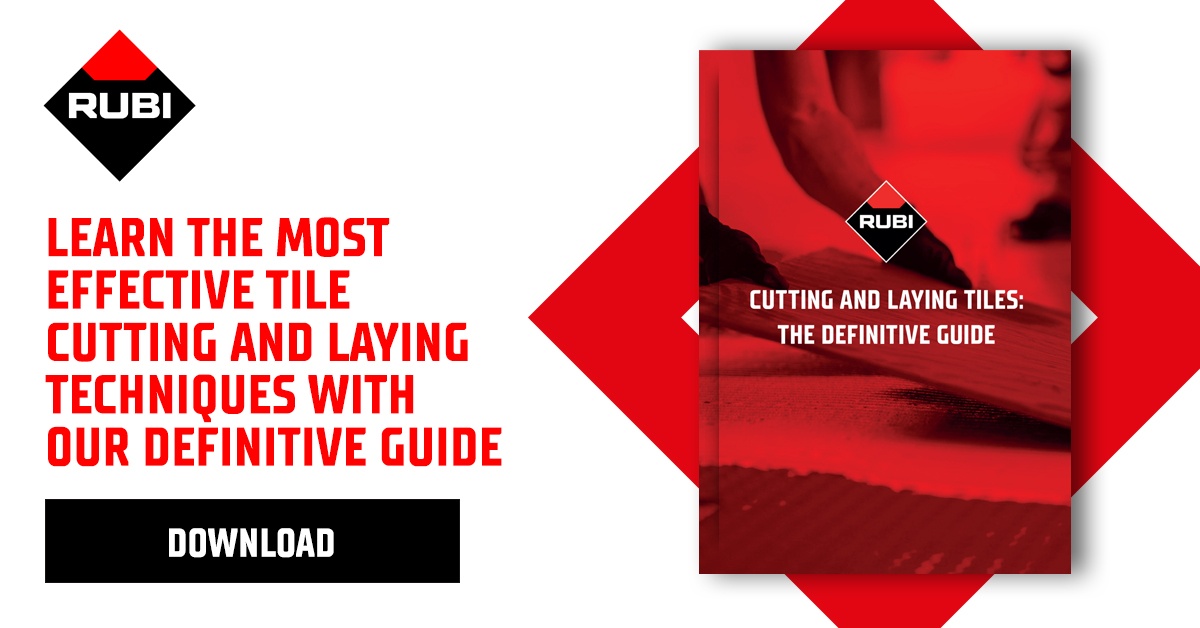

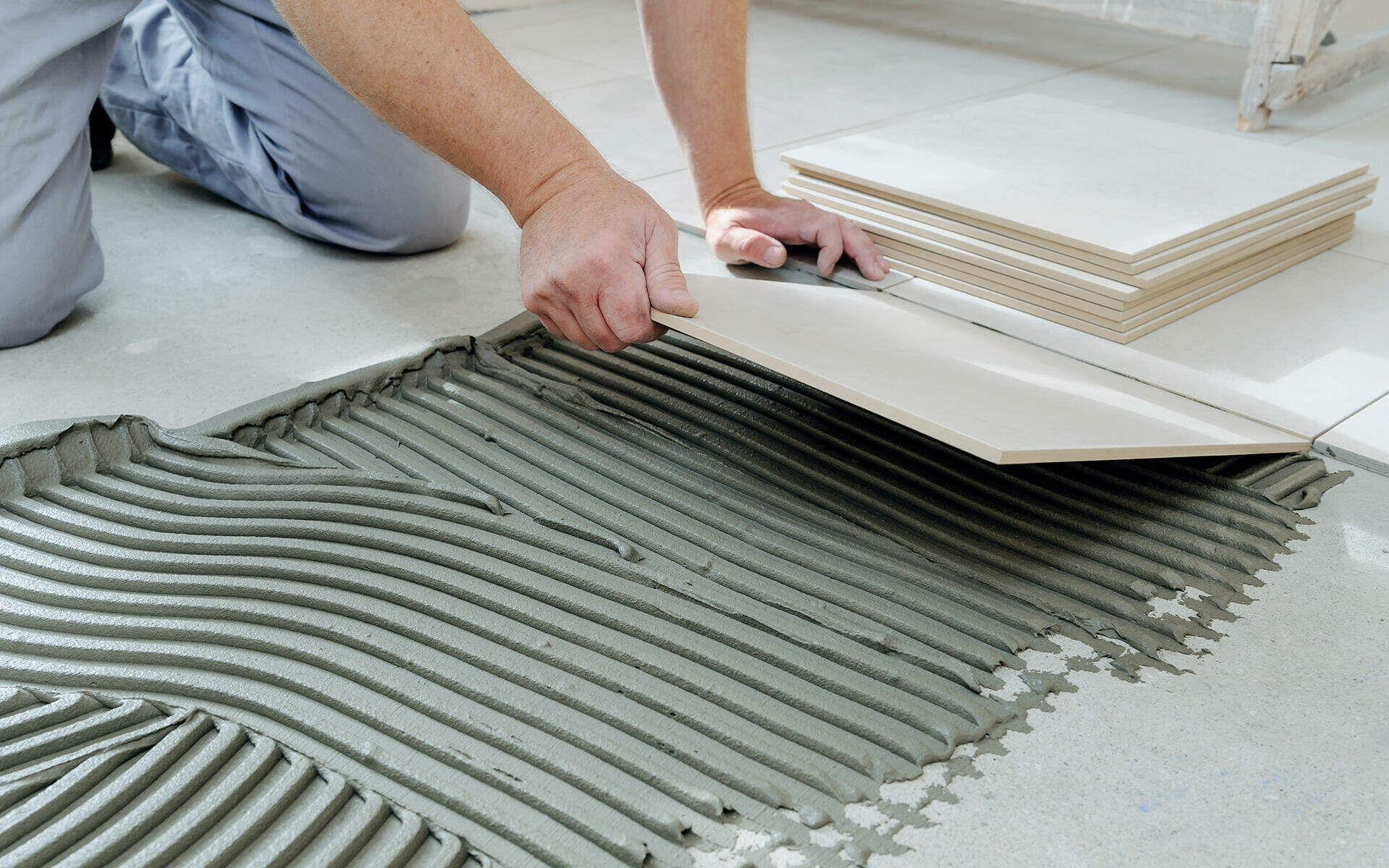
Post a comment